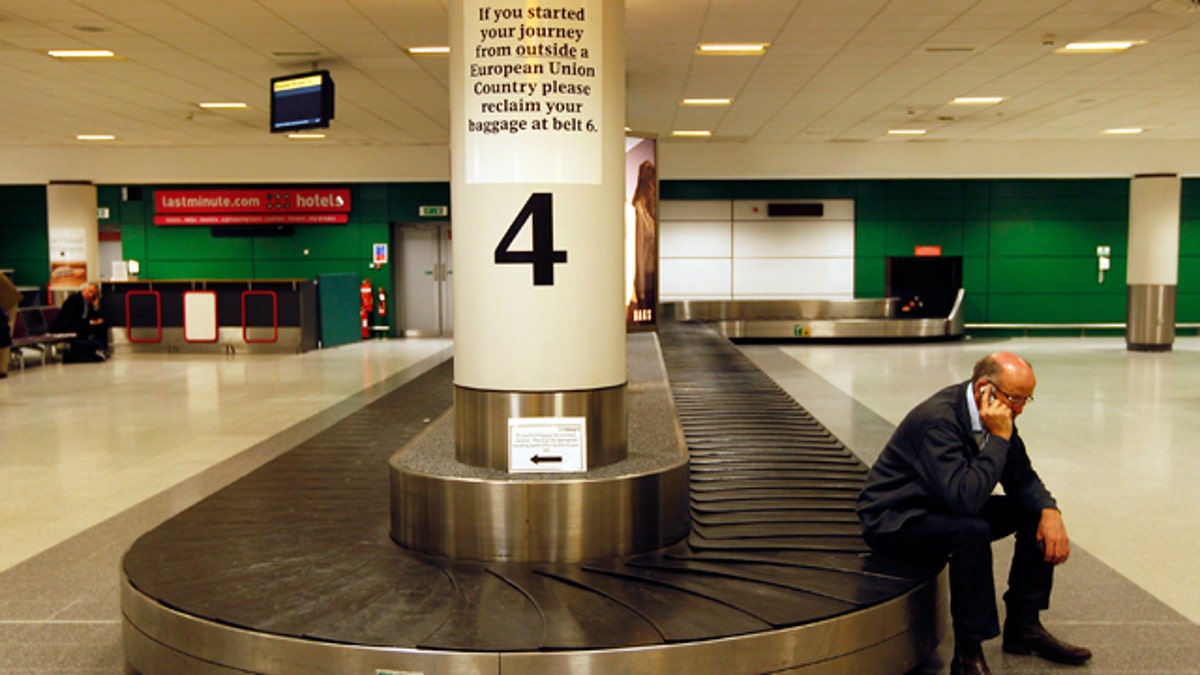
(REUTERS)
Late last month the Department of Transportation released a report analyzing aviation industry performance from 2008-2011.
How have economic factors changed the industry, and what will be the lasting effects for travelers?
Financial turmoil shakes up the industry. Along with the reduction in air travel demand due to the recession and economic crises abroad, the volatility of jet fuel costs have heavily impacted the industry. In 2001, fuel only accounted for 10% of operating costs - these days it’s 35%, the largest single expense on an airline’s balance sheet. Money woes have knocked both major and small airlines out of service since 2000, with 51 U.S. passenger and cargo airlines filing for bankruptcy since then and 7 in the last year alone.
Merging to restore profitability. In order to survive, airlines have had to merge with financially solvent competitors resulting in a much smaller marketplace. 10 airlines controlled more than 90% of capacity in the U.S. in 2000, but by 2012 those 10 became 5 through mergers. The 5 airlines - U.S., Delta, American, Southwest and United - now control 85% of U.S. capacity.
The effect on passengers. With mergers and wildly fluctuating fuel prices come cost cutting measures. Mergers naturally lead to consolidated schedules but airlines continue to cut flights to reduce capacity, especially on smaller aircraft. The number of scheduled flights dropped almost 14% between 2007 and 2012, with Midwest and Northeast hubs taking the biggest hit. Cincinnati’s hub operations were reduced 63% in the 5 year period, Pittsburgh, Cleveland, Chicago O’Hare and Philadelphia also saw dramatic decreases. Other ways airlines are ensuring they stay in the black are fare increases (11 in 2011 and 8 so far this year) and ancillary fees like bag fees, which brought in $27 billion in revenue last year. The good news for travelers is that there are fewer flight delays and cancellations.
Although travelers are packed into scarcer flights and charged more for tickets, the changes seem to be working in the airlines’ favor. After annual operating losses from 2001-2005, airlines finally broke even in 2009 and were profitable in the last two years. Industry experts contributing to the DOT’s report foresee these trends becoming the new reality: “changes in the number of airlines controlling the industry, fare increases, and capacity reductions that began in 2008 are not a brief phase, but rather are signs of a greater shift in the industry that will remain for years to come.”
